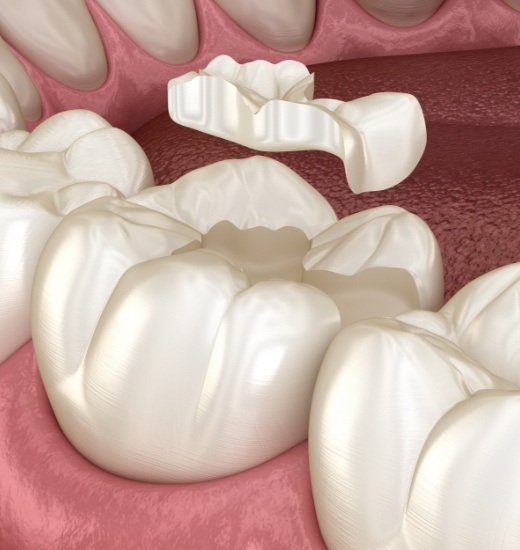Tooth Extractions – Sugar Land, TX
A Gentle Touch for Tooth Removal
There are many reasons why your dentist may recommend tooth extraction. Sometimes severely decayed teeth must be removed, others have been damaged by periodontal disease, or broken beyond repair. In other cases, teeth are positioned poorly in the mouth or need to be extracted to prepare for orthodontic treatment. The removal of one tooth can lead to chewing problems, shifting teeth, or complications with the jaw joint. All these issues can negatively impact your oral health. Although tooth extraction in Sugar Land is always the last resort, in some situations it is necessary to protect your other teeth and safeguard your dental health.
Why Choose My Smyle Dental for Tooth Extractions?
- Variety of Tooth Replacements Available
- Compassionate Dentist with Gentle Touch
- A Comfortable, Spa-Like Dental Environment
Tooth Extraction Procedure

During the tooth removal procedure, your Sugar Land dentist will administer a local anesthetic to numb the treatment area, including the tooth, gums, and jawbone. Patients experience a lot of pressure during the extraction process. This is due to the dentist rocking the tooth gently, yet firmly back and forth trying to widen the socket for easy removal. Since the nerves have been anesthetized, you will feel no pain, only pressure. In the event you do feel pain during tooth removal, alert your dentist immediately.
Sectioning A Tooth

Some teeth do not lift easily from the socket and require sectioning. This procedure is frequently done when a root is curved or a tooth is anchored firmly in its socket. In these cases, the doctor separates the tooth into sections and removes one piece at a time.
After Tooth Extraction

After tooth extraction in Sugar Land, TX, it is important to follow your aftercare instructions to control bleeding and help accelerate the healing process. Forming a blood clot is an essential part of stopping the bleeding and starting the healing. Bite down on sterile gauze for about 30–45 minutes immediately following the tooth removal procedure. After the clot has formed, leave it undisturbed and allow the treatment site to heal.
